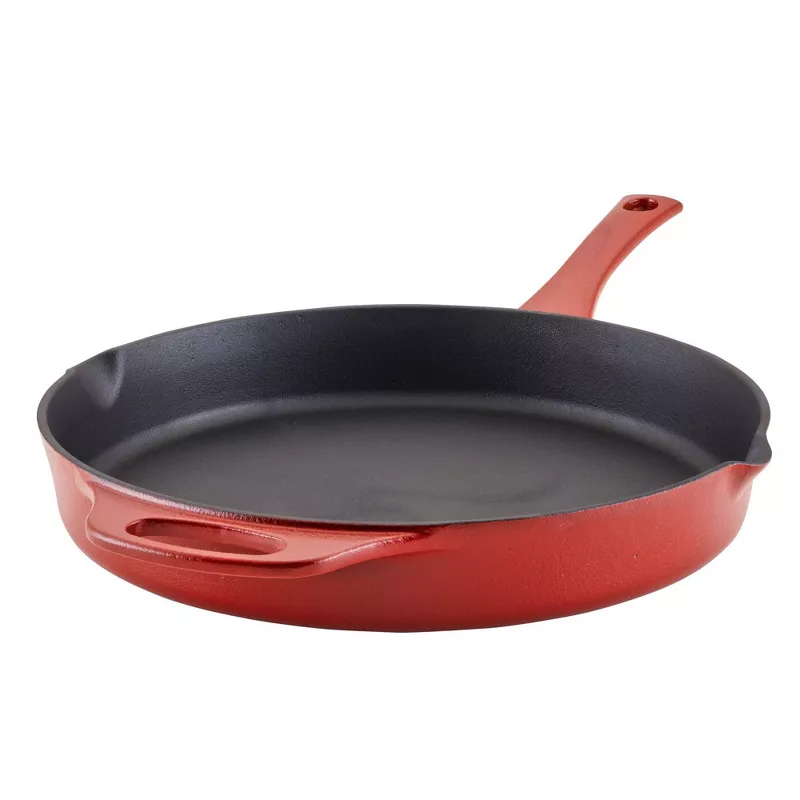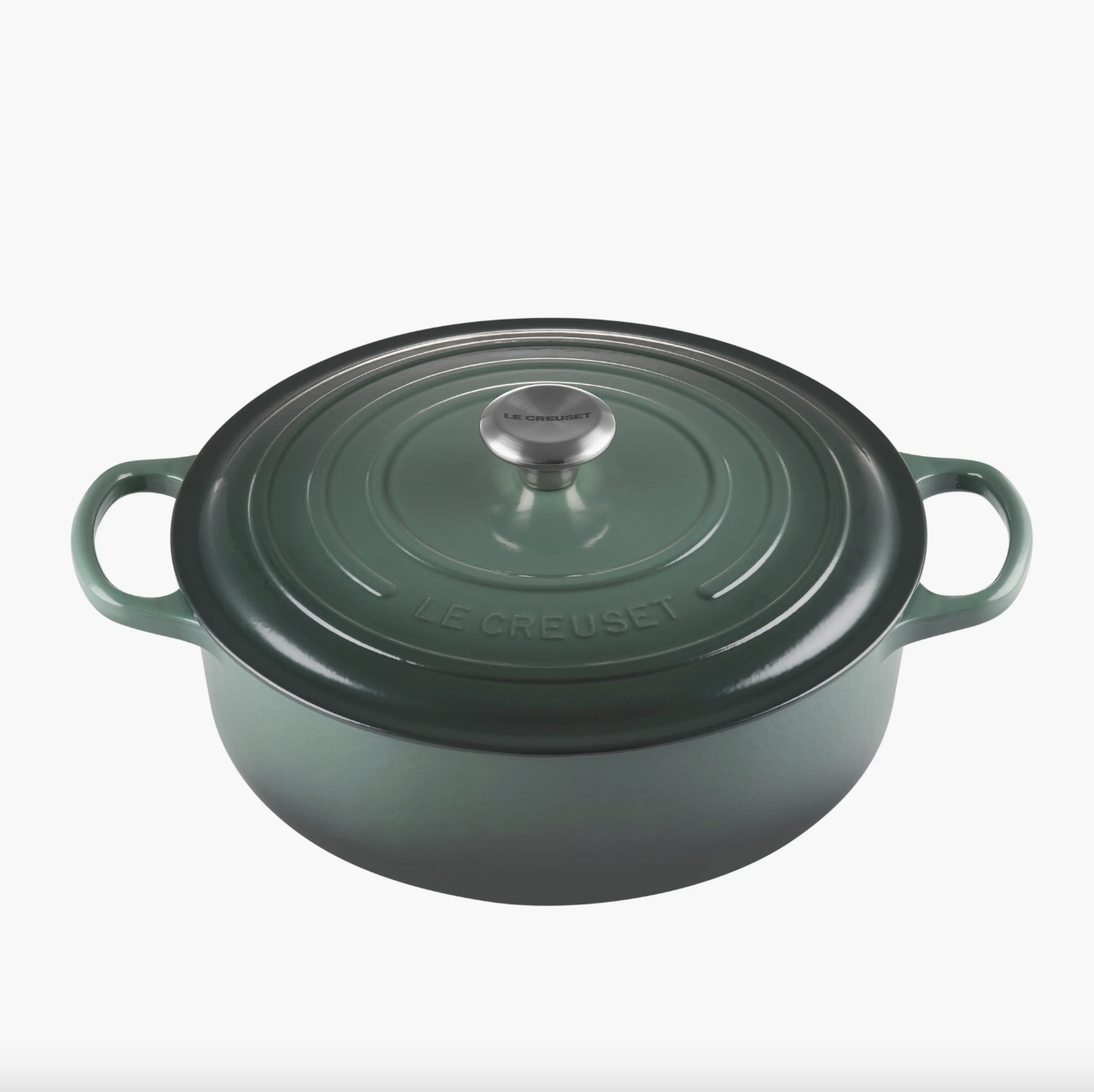How to Clean Cast Iron After Cooking — 6 Easy Tips for Spotless Pots, Pans, and Trays
Cast iron is often considered difficult to clean, but with the right routine and a few preemptive measures, washing the dishes should be a breeze
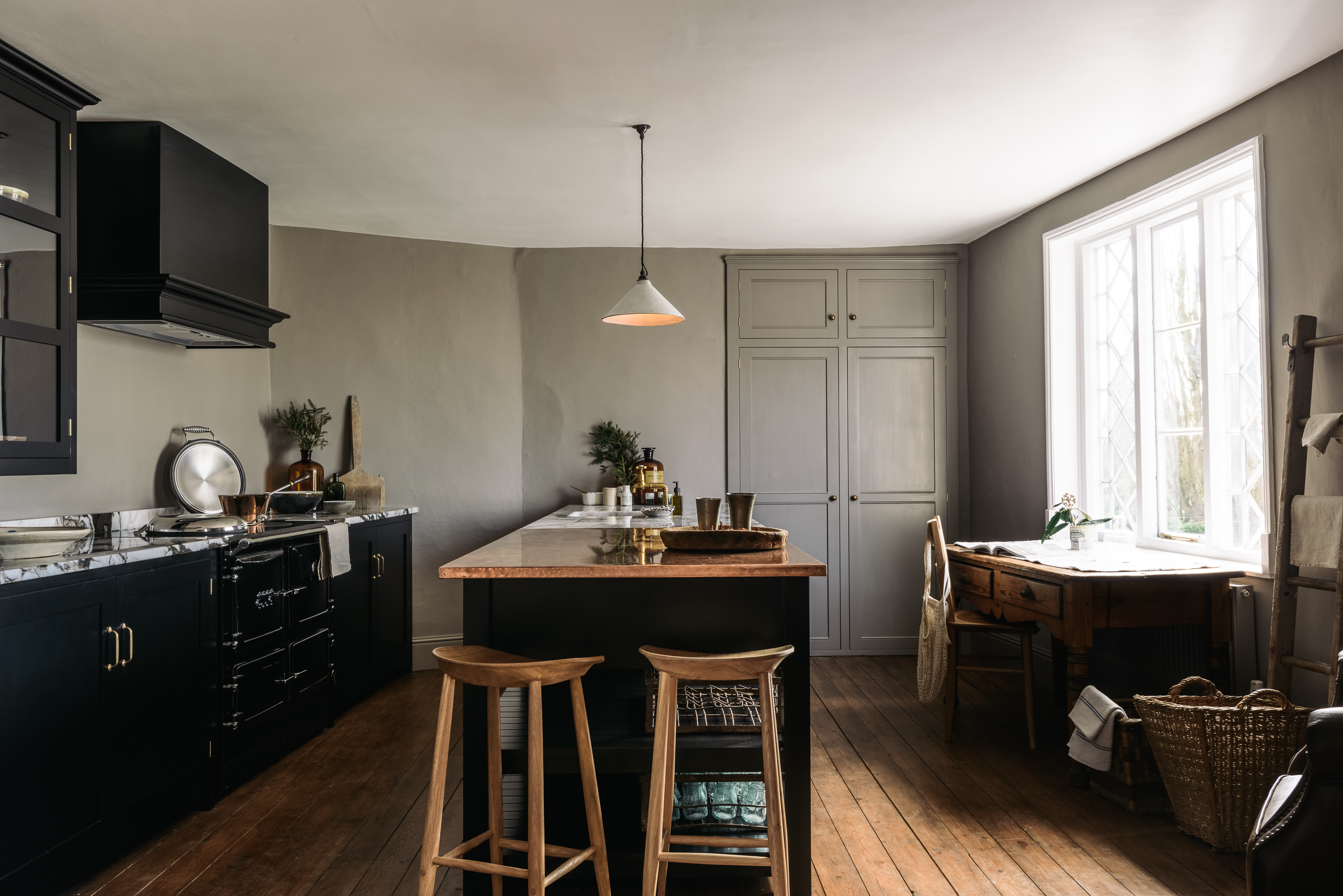

Investing in cast iron cookware is one of the best decisions you can make for your kitchen. Not only are they naturally non-stick, but as some of the best conductors, they also retain heat really well. What often puts people off, however (besides a higher price point), is their alleged difficulty when it comes to cleaning.
Well, we're here to tell you that with the right routine and proper care, cast iron shouldn't be difficult to clean at all. If you're struggling to clean your pots, pans, and skillets and you want to learn how to care for cast iron cookware properly, we asked experts for their advice.
Here are their best tips for spotless dishes, as well as some tricks to prevent food from sticking.
Is Cast Iron Difficult to Clean?
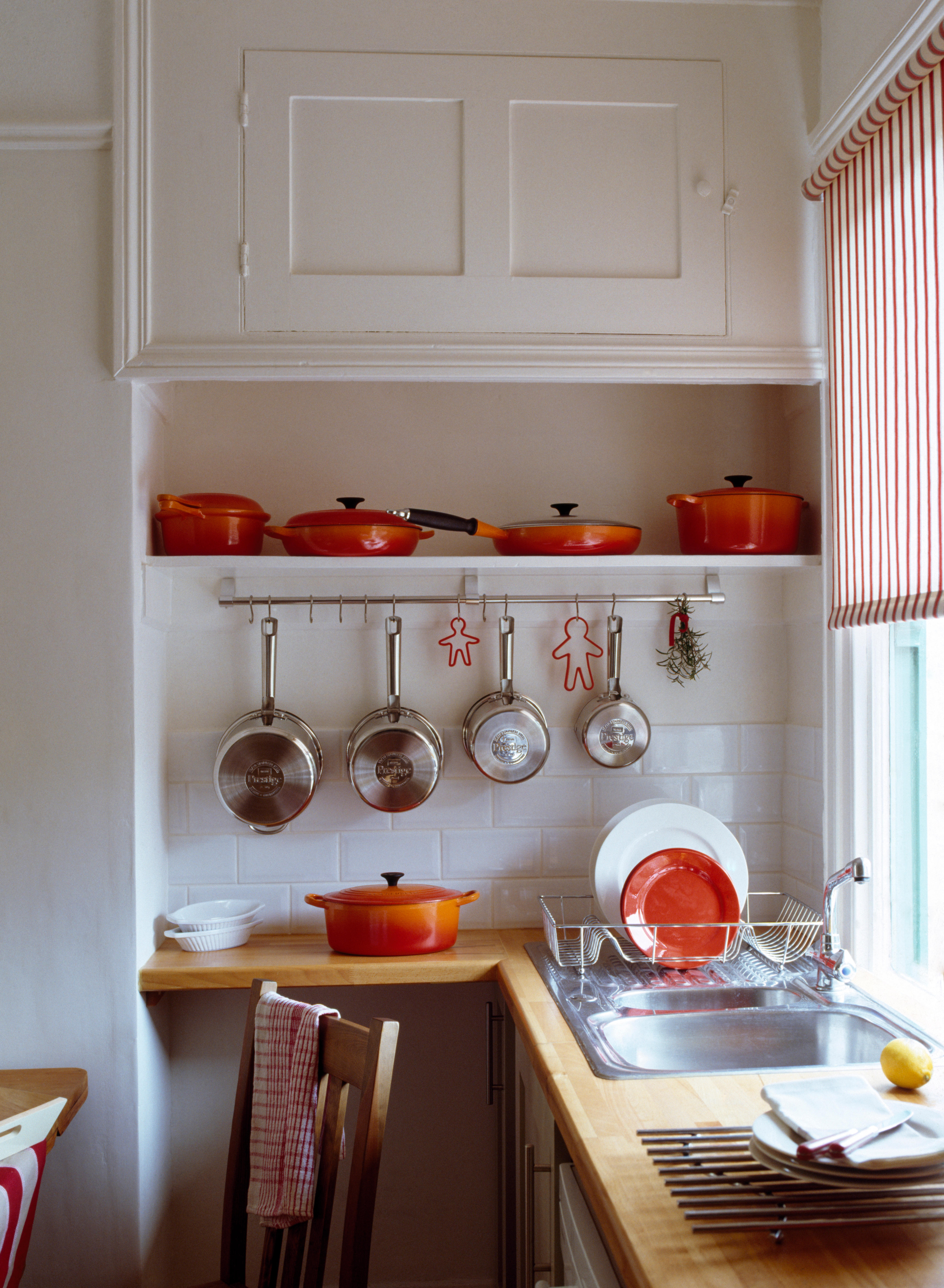
Unlike non-stick pans that are coated with polytetrafluoroethylene (like Teflon), cast iron is naturally non-stick. By that we mean no chemicals are needed to make the pot or pan suitable for cooking. However, you will need to season your cast iron cookware before you first cook with it to prevent food from sticking (unless you're using enameled cast iron, often used on the inside of Dutch ovens, which won't need seasoning).
If you're finding your cast iron difficult to clean, it's likely a result of improper use. "Food can stick if the pan isn't properly seasoned or heated," explains John Barrett Founder of DishFacts. "Seasoning — formed from layers of polymerized oil — creates a slick surface that prevents sticking. Proper pre-heating and cooking with sufficient fat can also minimize sticking, and while ingredients like bacon with high sugar content may leave residues, they can be easily cleaned."
Follow these simple steps and your cast iron pans will last you a lifetime (we meant it when we said investing in cast iron cookware is one of the best decisions you'll make!). If you've still encountered difficulties with food sticking, fear not. The next step is leaning how to wash your pans properly.
How to clean cast iron
What You'll Need
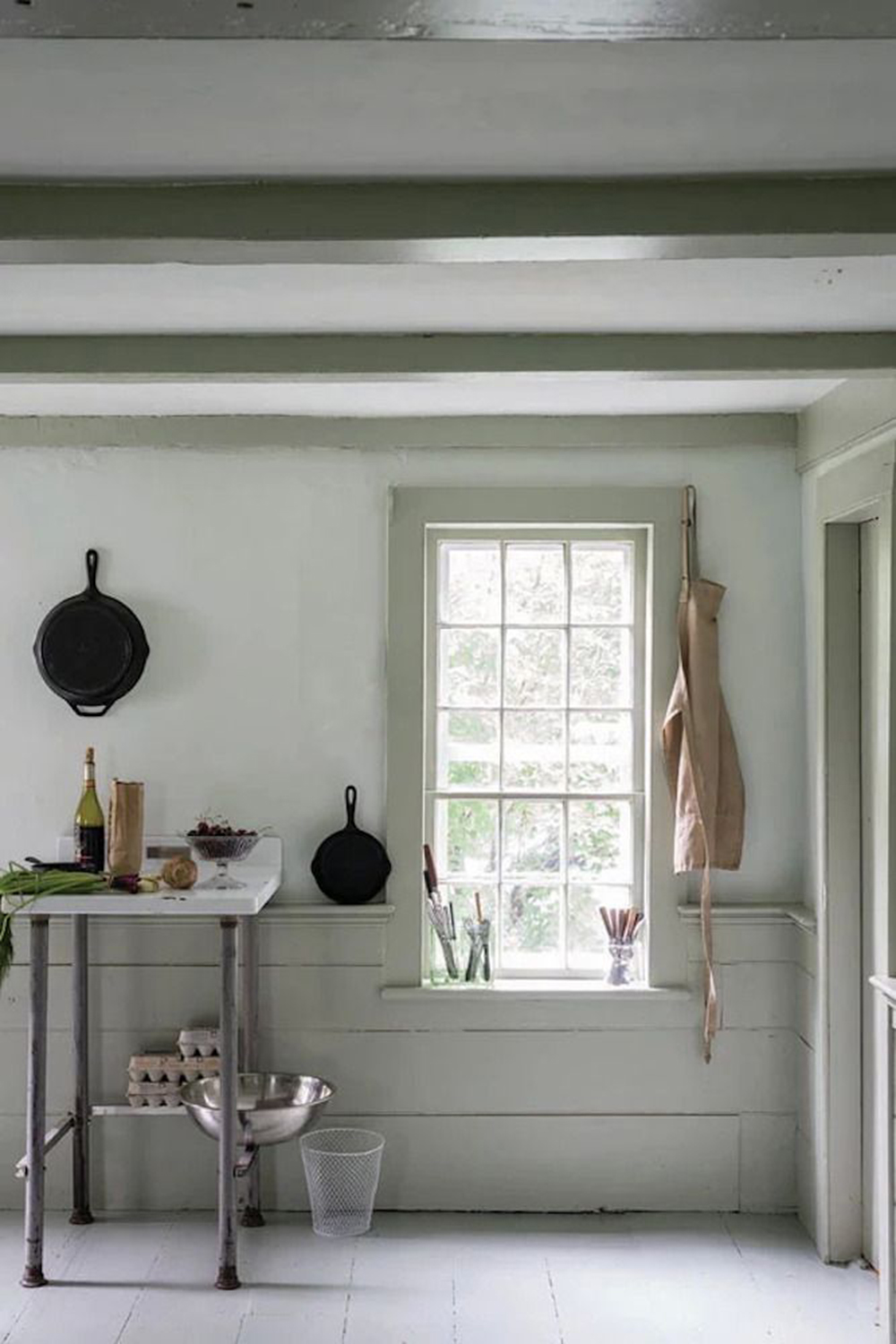
• Warm water and a mild dish soap (we like Dawn, available at Walmart)
• A non-metal spatula, or a pan scraper tool like this one from Amazon
• A chainmail scrubber (available from Amazon)
• An absorbent kitchen towel for drying (try these classic kitchen towels from Target)
The Livingetc newsletters are your inside source for what’s shaping interiors now - and what’s next. Discover trend forecasts, smart style ideas, and curated shopping inspiration that brings design to life. Subscribe today and stay ahead of the curve.
How to clean cast iron after cooking
1. Allow your pan/s to cool
Before you start tackling burnt food debris or grease, always allow your cast iron to cool first. "Introducing cold water to a hot pot could cause thermal shock, damaging the enamel," explains a Le Creuset spokesperson — a French cookware brand.
2. Empty and Rinse
Once cool, clear out your pan. "Use a spatula or scraper to clear the pan of any large chunks of food," says John
3. Wash with Soap and Water
Warm water and detergent should be all it takes to remove any stains or grease. The team at Le Creuset suggests a non-abrasive sponge or cloth to wipe them down.
4. Tackle Stuck-on Bits (If Needed)
Certain foods will stick more than others, especially if you've been cooking with a higher heat. "For stuck-on bits, use coarse salt or a chainmail scrubber," John advises. "Avoid metal scouring pads to protect the seasoning."
For extra stubborn burnt food, a Le Creuset spokesperson recommends filling the pot with warm water and adding a tablespoon or two of baking soda. "Bring this to a gentle simmer for 8-10 minutes," says the brand's spokesperson. "The baking soda will help loosen any residue. Let it cool, drain the water, and then wash as usual."
5. Dry Thoroughly
To prevent damage or rusting, it's recommended you dry cast iron immediately rather than let it drain on your kitchen sink. "Use a towel to wipe the pan completely dry or heat it on the stove to evaporate moisture," John says.
"This helps prevent any water spots and ensures it's ready for your next culinary adventure," adds the Le Creuset spokesperson. "When storing your Cast Iron we would recommend a dry cupboard away from steam."
6. (Optional) Apply a Thin Layer of Oil
To keep your cast iron cookware non-stick, you can also spread a small amount of neutral oil, such as vegetable oil, across the surface while the pan is still warm. "Wipe away excess oil to leave a light sheen," John instructs. "Over time, your cast iron will develop a natural non-stick, seasoned surface which improves its performance."
Chic Cast Iron Cooking Options
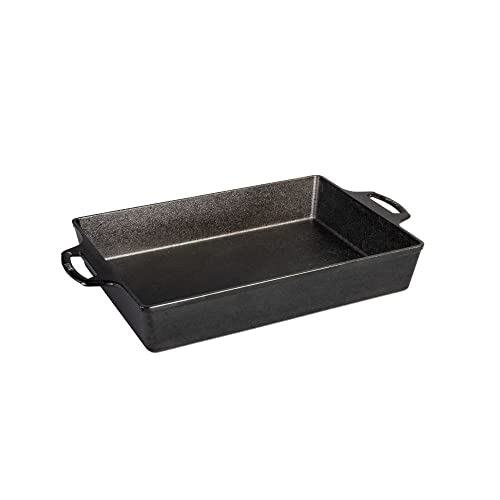
Price: $29.99
Size: 9" x 13"
How do you care for cast iron pans to avoid trouble cleaning?
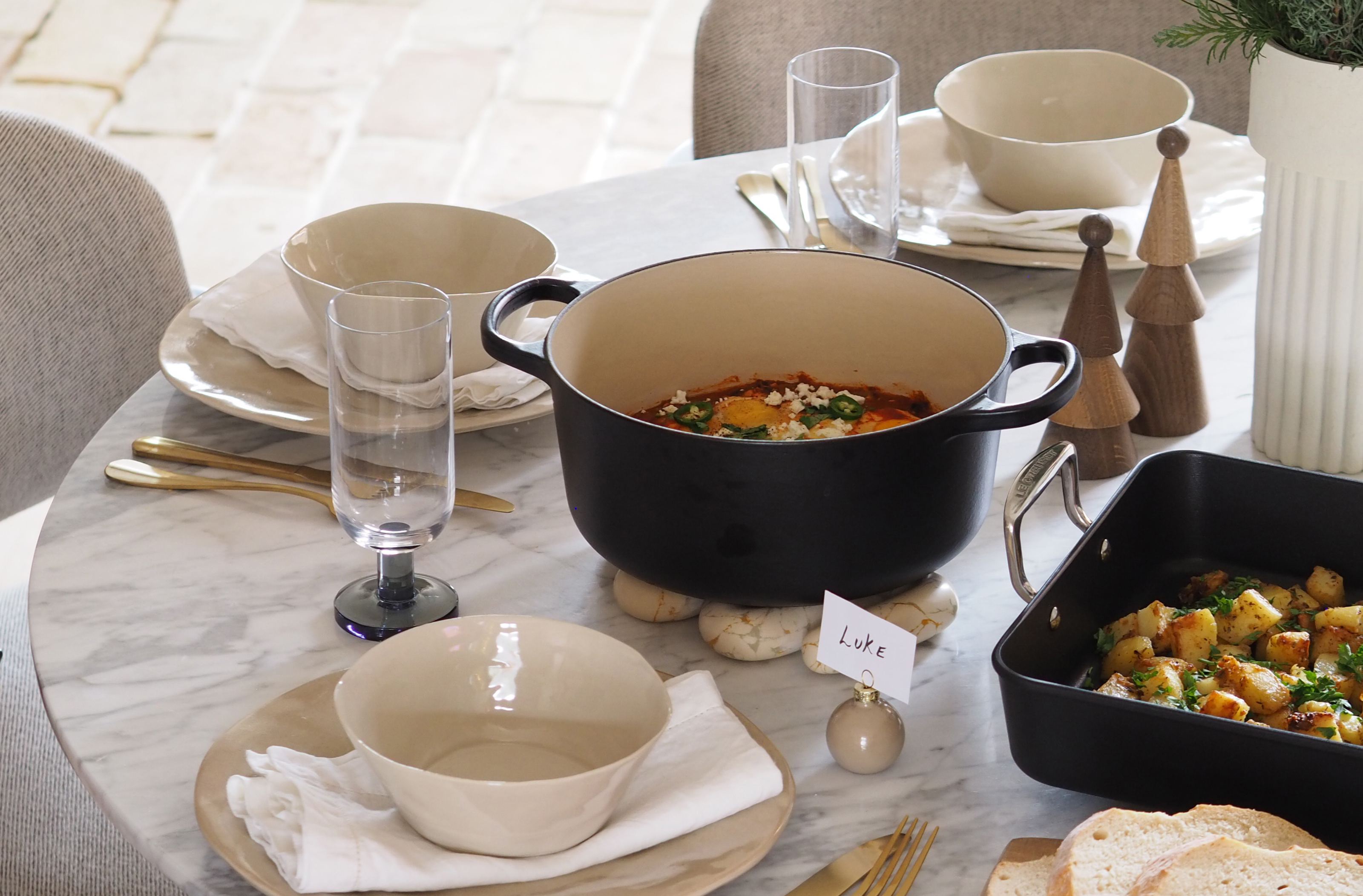
If you want to avoid future problems with cleaning your cast iron, make sure you know how to care for them properly. One common mistake cast iron owners make is using a heat that's too high. "Always allow your product to heat up gradually ensuring even cooking and preventing sticking," says Le Creuset's spokesperson. "Cast iron will cook best at a low to medium heat so try and avoid high temperatures."
You should also always avoid soaking cast iron to lift food and grease. While you might be able to get away with it once or twice, John says prolonged water exposure can lead to rust. To keep your pots and pans non-stick, you'll also need to re-season your cast iron. "If the surface appears dull or food starts sticking, apply a thin layer of oil and bake at 400°F for an hour to restore the seasoning," John advises. "Frequent use also maintains the seasoning and improves performance."
Finally, it's best to use silicon or wooden tools while cooking with cast iron. While there isn't the risk of damaging non-stick coating (as there is with Teflon), this will prevent scratches to the surface which can cause food to stick.
By enforcing simple measures like these, your pans won't only be easy to clean next time you use them, but they'll last you for decades to come.

Lilith Hudson is a freelance writer and regular contributor to Livingetc. She holds an MA in Magazine Journalism from City, University of London, and has written for various titles including Homes & Gardens, House Beautiful, Advnture, the Saturday Times Magazine, Evening Standard, DJ Mag, Metro, and The Simple Things Magazine.
Prior to going freelance, Lilith was the News and Trends Editor at Livingetc. It was a role that helped her develop a keen eye for spotting all the latest micro-trends, interior hacks, and viral decor must-haves you need in your home. With a constant ear to the ground on the design scene, she's ahead of the curve when it comes to the latest color that's sweeping interiors or the hot new style to decorate our homes.
